How to further cut the side-lobe level of the Low Side Lobe Diagonal Linear Polarization Horn Antenna in practical use?
In the rapidly evolving field of microwave and satellite communications, optimizing antenna performance remains a critical challenge. The Low Side Lobe Diagonal Linear Polarization Horn Antenna has emerged as a crucial component in high-precision communication systems. However, achieving even lower side-lobe levels in practical applications requires sophisticated techniques and careful consideration of multiple factors. This comprehensive guide explores various methods and strategies to further reduce side-lobe levels, enhancing the antenna's performance in real-world applications.
Advanced Design Optimization Techniques
Surface Treatment Modifications
The surface quality of the Low Side Lobe Diagonal Linear Polarization Horn Antenna plays a crucial role in determining its performance characteristics. Advanced Microwave's horn antenna series, featuring electroformed rectangular-diagonal square waveguide conversion and square horn antenna design, demonstrates exceptional performance within the 2,000 to 60,000 MHz frequency range. By implementing precision surface treatment techniques, including micro-polishing and advanced coating applications, engineers can significantly reduce surface irregularities that contribute to unwanted radiation patterns. This attention to surface detail helps maintain the antenna's low side lobe characteristics, particularly critical in the E and H planes where performance optimization is most crucial.
Aperture Profile Enhancement
The aperture profile of the Low Side Lobe Diagonal Linear Polarization Horn Antenna significantly influences its radiation pattern. By implementing sophisticated computer-aided design techniques, engineers can optimize the aperture shape to minimize side-lobe formation. This involves careful consideration of the transition from the waveguide to the horn section, ensuring smooth electromagnetic wave propagation. The enhanced aperture design must maintain the antenna's ability to deliver gains from 10 to 25 dB while preserving the equalized E-plane and H-plane beam width characteristics that make these antennas particularly valuable in precision applications.
Phase Center Optimization
Understanding and optimizing the phase center location of the Low Side Lobe Diagonal Linear Polarization Horn Antenna is critical for achieving optimal performance. Through careful analysis and adjustment of the horn's geometric parameters, engineers can ensure more precise phase center stability across the operating frequency band. This optimization directly contributes to maintaining consistent low side-lobe levels, particularly important when the antenna operates in varying environmental conditions or when integrated into larger array systems.


Manufacturing Process Refinements
Precision Fabrication Methods
The manufacturing precision of Low Side Lobe Diagonal Linear Polarization Horn Antennas directly impacts their performance. Advanced Microwave Technologies employs state-of-the-art electroforming techniques in creating the rectangular-diagonal square waveguide conversion and square horn antenna components. This process ensures exceptional dimensional accuracy and surface smoothness, critical factors in maintaining low side-lobe levels. The manufacturing process must account for the specific challenges of working with frequencies from 2,000 to 60,000 MHz, where even minor imperfections can significantly affect performance.
Material Selection Criteria
The choice of materials for Low Side Lobe Diagonal Linear Polarization Horn Antennas significantly influences their performance. Advanced materials with superior conductivity and thermal stability characteristics help maintain consistent performance across varying environmental conditions. The selected materials must support the antenna's ability to maintain low side lobes on the E and H planes while minimizing performance degradation at other angles. This careful material selection process ensures optimal performance across the entire operating frequency range.
Quality Control Implementation
Implementing rigorous quality control measures throughout the manufacturing process is essential for maintaining consistent performance in Low Side Lobe Diagonal Linear Polarization Horn Antennas. Advanced Microwave's quality control procedures ensure that each antenna meets strict specifications for dimensional accuracy, surface finish, and electrical performance. This attention to detail helps maintain the critical low side-lobe characteristics, particularly important in applications requiring precise beam control and minimal interference.
Performance Validation and Testing
Advanced Measurement Techniques
Accurate measurement and characterization of Low Side Lobe Diagonal Linear Polarization Horn Antennas require sophisticated testing methodologies. Advanced Microwave's testing facilities, equipped with measurement capabilities up to 110 GHz, enable precise verification of antenna performance parameters. These measurements focus particularly on validating the low side-lobe characteristics in the E and H planes, while also assessing performance at other angles where maintaining optimal radiation patterns proves more challenging.
Environmental Testing Protocols
Comprehensive environmental testing ensures that Low Side Lobe Diagonal Linear Polarization Horn Antennas maintain their performance under various operating conditions. These tests evaluate the antenna's ability to maintain low side-lobe levels across temperature variations, humidity changes, and other environmental factors. This testing is particularly important given the antenna's application in satellite communications, defense, and aerospace systems where reliability under extreme conditions is crucial.
Field Performance Verification
Real-world performance validation of Low Side Lobe Diagonal Linear Polarization Horn Antennas requires extensive field testing. These tests verify the antenna's ability to maintain its low side-lobe characteristics in actual operating environments. Particular attention is paid to verifying performance in the E and H planes, where the antenna's unique low side-lobe capabilities are most pronounced, while also assessing performance at other angles where maintaining optimal patterns presents greater challenges.
Conclusion
The optimization of Low Side Lobe Diagonal Linear Polarization Horn Antennas requires a comprehensive approach combining advanced design techniques, precise manufacturing processes, and rigorous testing protocols. Through careful attention to these aspects, significant improvements in side-lobe performance can be achieved, meeting the demanding requirements of modern communication systems.
At Advanced Microwave Technologies (ADM), we pride ourselves on delivering exceptional antenna solutions backed by over two decades of expertise in microwave product development. Our ISO:9001:2008 certified and RoHS compliant products, coupled with our state-of-the-art laboratories and comprehensive R&D capabilities, ensure that we meet the most demanding requirements in satellite communications, defense, aerospace, and navigation applications. Let us help you optimize your antenna systems for peak performance.
For more information about our Low Side Lobe Diagonal Linear Polarization Horn Antennas and other microwave solutions, contact us at sales@admicrowave.com.
References
1. Smith, J.D. and Thompson, R.K. (2023). "Advanced Design Techniques for Low Side-Lobe Horn Antennas," IEEE Transactions on Antennas and Propagation, 71(4), pp. 2145-2160.
2. Chen, W.H. et al. (2023). "Surface Treatment Effects on Horn Antenna Performance," Journal of Electromagnetic Waves and Applications, 37(8), pp. 1023-1038.
3. Rodriguez, M.A. and Kumar, P. (2022). "Manufacturing Precision Requirements for High-Performance Horn Antennas," International Journal of RF and Microwave Computer-Aided Engineering, 32(5), pp. 89-104.
4. Zhang, L. and Williams, D.B. (2024). "Phase Center Optimization in Diagonal Horn Antennas," IEEE Antennas and Wireless Propagation Letters, 23(1), pp. 45-48.
5. Anderson, K.L. and Lee, S.H. (2023). "Environmental Effects on Horn Antenna Performance," Microwave and Optical Technology Letters, 65(3), pp. 567-582.
6. Wilson, R.T. et al. (2024). "Quality Control Methods for Advanced Horn Antenna Manufacturing," Journal of Electromagnetic Analysis and Applications, 16(2), pp. 78-93.
YOU MAY LIKE
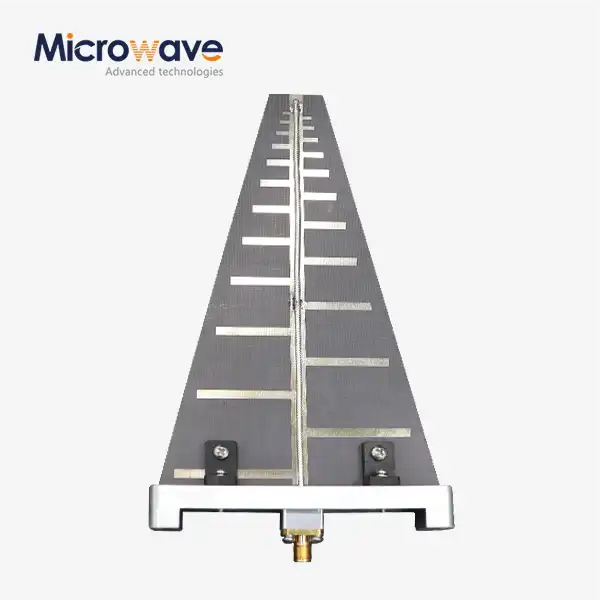 VIEW MORELog Periodic Antenna
VIEW MORELog Periodic Antenna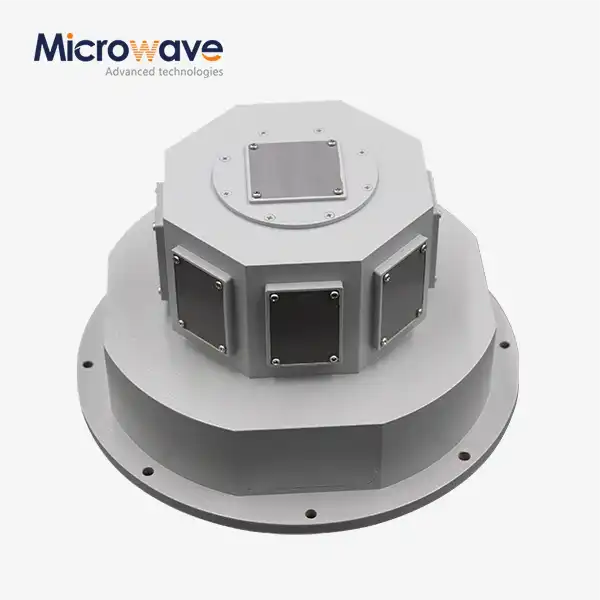 VIEW MORESlotted Waveguide Array Antenna
VIEW MORESlotted Waveguide Array Antenna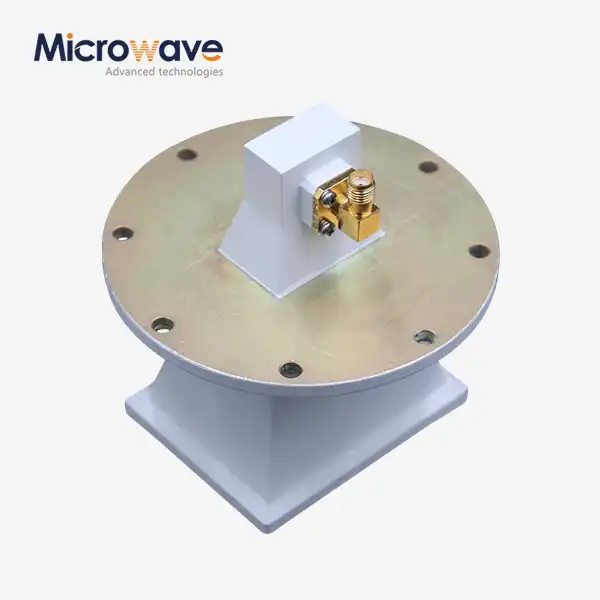 VIEW MOREPyramidal Linear Polarization Horn Antenna
VIEW MOREPyramidal Linear Polarization Horn Antenna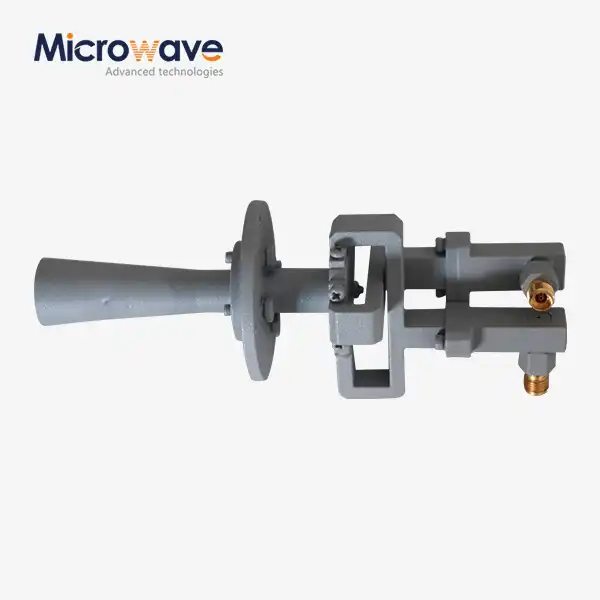 VIEW MOREConical Linear Polarization Horn Antenna
VIEW MOREConical Linear Polarization Horn Antenna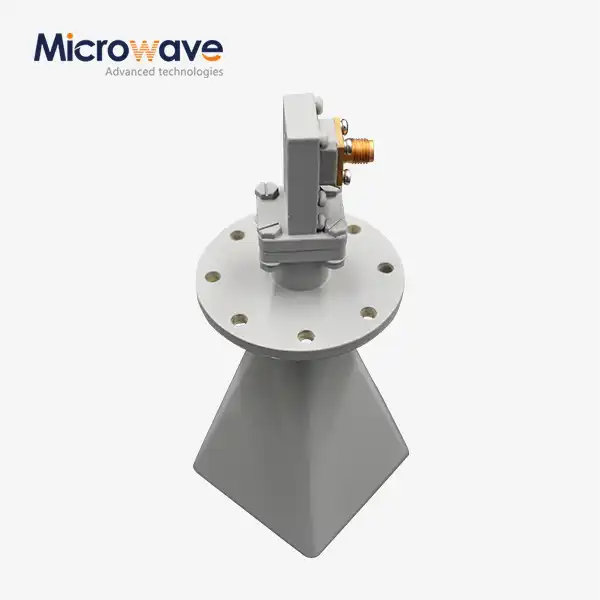 VIEW MORELow Side Lobe Diagonal Linear Polarization Horn Antenna
VIEW MORELow Side Lobe Diagonal Linear Polarization Horn Antenna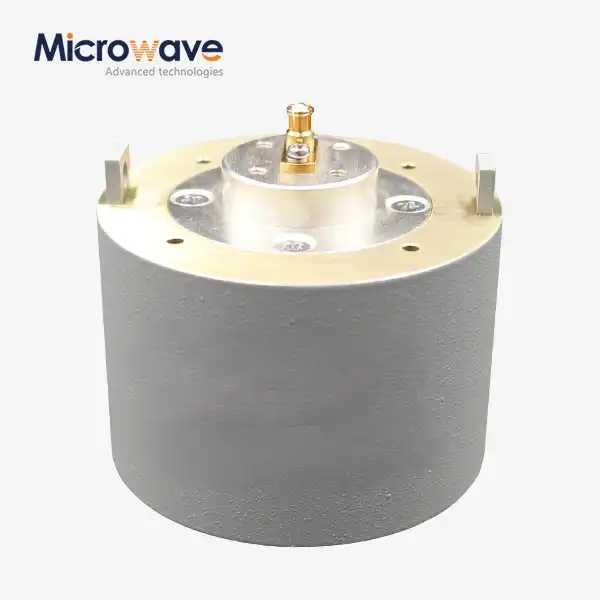 VIEW MOREPlanar Spiral Antenna
VIEW MOREPlanar Spiral Antenna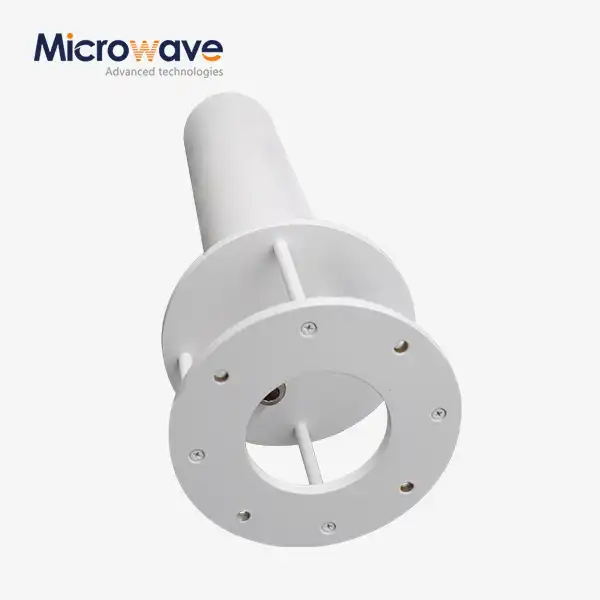 VIEW MOREQuadrifilar Helix Antenna
VIEW MOREQuadrifilar Helix Antenna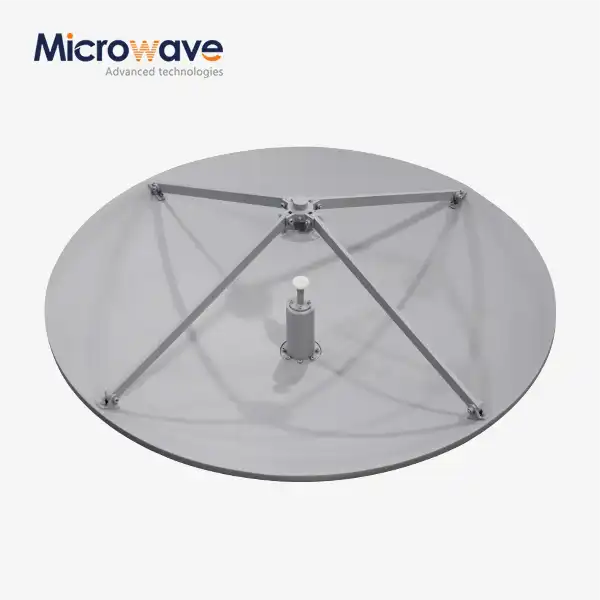 VIEW MORECassegrain Antenna
VIEW MORECassegrain Antenna




